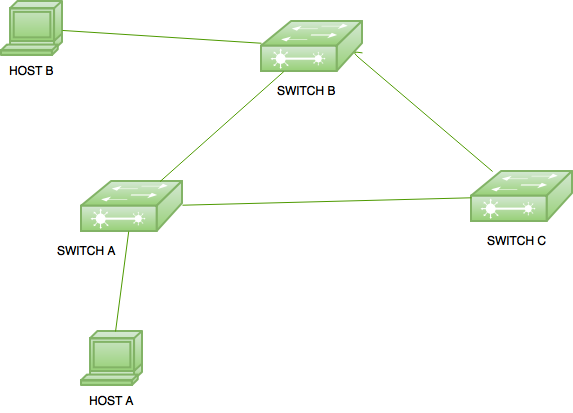Learn how network redundancy safeguards against downtime and disruptions in today’s interconnected world
In an era where our lives are increasingly reliant on digital connectivity, network redundancy has emerged as a critical component of maintaining uninterrupted access to data, services, and applications.
This technology, often hidden in the background, plays a crucial role in ensuring that our internet connections remain robust and reliable.
In this explainer, we delve into the concept of network redundancy, its significance, and how it safeguards us against downtime and disruptions.
What is Network Redundancy?
Network redundancy is a strategy used in the field of computer networking to ensure continuous connectivity and minimize downtime.
At its core, redundancy involves duplicating critical network components such as routers, switches and connections.
By having multiple redundant elements, networks can withstand hardware failures, outages or other unexpected disruptions without causing service interruptions.
Why is Network Redundancy Essential?
- Business Continuity: In the corporate world, downtime can translate to significant financial losses. Network redundancy is vital for maintaining uninterrupted business operations. For example, if a primary internet connection goes down, a redundant connection can automatically take over, ensuring that employees can continue working without interruption.
- Disaster Recovery: Natural disasters, cyberattacks, and infrastructure failures can cripple networks. Redundancy allows for data and services to be quickly rerouted through alternative paths or locations, mitigating the impact of such events.
- Improved Reliability: Redundant components reduce the risk of a single point of failure. If one part of the network fails, others can seamlessly take over, preserving overall reliability.
Types of Network Redundancy:
- Hardware Redundancy: This involves duplicating physical network components. For instance, having multiple routers or switches in parallel can ensure that if one fails, another can continue routing traffic.
- Path Redundancy: Networks can have multiple paths for data to travel. If one path becomes congested or experiences issues, data can be rerouted along an alternative path.
- Data Redundancy: In data storage systems, redundancy is achieved by storing data in multiple locations. RAID (Redundant Array of Independent Disks) is a common example of data redundancy, which can protect against disk failures.
- Geographical Redundancy: This form of redundancy involves setting up duplicate network infrastructure in different geographic locations. In the event of a disaster or regional outage, users can be seamlessly switched to the redundant location.
Real-World Examples:
- Content Delivery Networks (CDNs): Companies like Akamai and Cloudflare use a vast network of servers distributed globally to deliver web content efficiently. If one server or data centre encounters issues, requests are automatically redirected to the nearest available server.
- Internet Service Providers (ISPs): ISPs often maintain redundant connections to the Internet backbone. If one connection fails, traffic can be rerouted through another provider to maintain internet access.
Challenges and Costs:
While network redundancy is vital, it comes with costs. Duplicating hardware, setting up redundant paths, and maintaining geographical redundancy can be expensive.
Balancing the need for redundancy with cost considerations is a challenge that organizations must navigate.
In conclusion, network redundancy is the unsung hero of our interconnected world, quietly ensuring that our digital lives remain uninterrupted.
It’s a critical component for businesses, individuals, and the infrastructure that keeps the internet running smoothly. As technology continues to evolve, the importance of redundancy in network design will only become more pronounced, allowing us to stay connected in an increasingly connected world.



